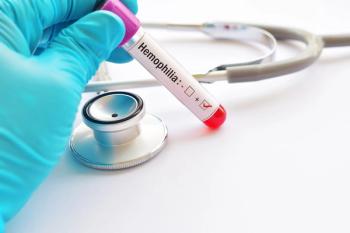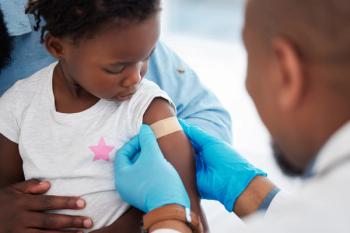
AAP: Culturally effective and sensitive approaches in pediatric care
While they may be a part of American culture, a simple handshake or thumbs up may offend some of your patients and their parents. That’s one of the take-home messages of a talk presented by anthropologists Geri-Ann Galanti, PhD, California State University, Los Angeles, and David Katz, PhD, US Naval War College, Newport, R.I. to pediatricians at this year’s American Academy of Pediatrics meeting in Boston.
While they may be a part of American culture, a simple handshake or thumbs up may offend some of your patients and their parents. That’s one of the take-home messages of a talk presented by anthropologists Geri-Ann Galanti, PhD, California State University, Los Angeles, and David Katz, PhD, US Naval War College, Newport, R.I. to pediatricians at this year’s American Academy of Pediatrics meeting in Boston.
Within the Afghani and Kurdish cultures, it is inappropriate for women to shake hands with men. However, in Hispanic cultures, a handshake followed by small talk about the family (known as “personalismo”) is an appropriate way to build a rapport/trust between a physician and their patient. Galanti also cautioned about the use of hand gestures when communicating with a patient and/or their families:
A thumbs up gesture--In Iranian culture, this gesture is offensive.
An A-OK gesture--In Brazilian culture, this is considered a very crude sexual invitation.
“Come here” hand motion--Within the Filipino and Korean cultures, this gesture is intended to corral dogs.
Even well-intended clinical assessments may be perceived as insult. Trying to measure/demonstrate a patient’s height, but with your hand extended palm-side down? Mexican families would find this insulting, as it is an accepted way of measuring the height of farm animals! Galin noted that the best way to provide culturally effective and sensitive care is to ask the right questions, using the 4 Cs of culture:
Call:
“What do you think is wrong?” This is a straightforwardway of getting to the patient’s and/or their parents’ perception ofthe problem.
Caused:
“What do you think caused the problem?” Thisgets to the patient’s/parent’s beliefs regarding the source of theproblem
Coped:
“What have you tried to make it better? Who elsehave you been to?” This allows providers to learn about what home remedies,traditional healers, or products the family may have used. Case in point: Gretaand Absecon. Both products are used in Mexico to treat stomach ailments, but theyboth contain mercury.
Concerns:
“What are your concerns regarding condition andtreatment?”
Newsletter
Access practical, evidence-based guidance to support better care for our youngest patients. Join our email list for the latest clinical updates.











